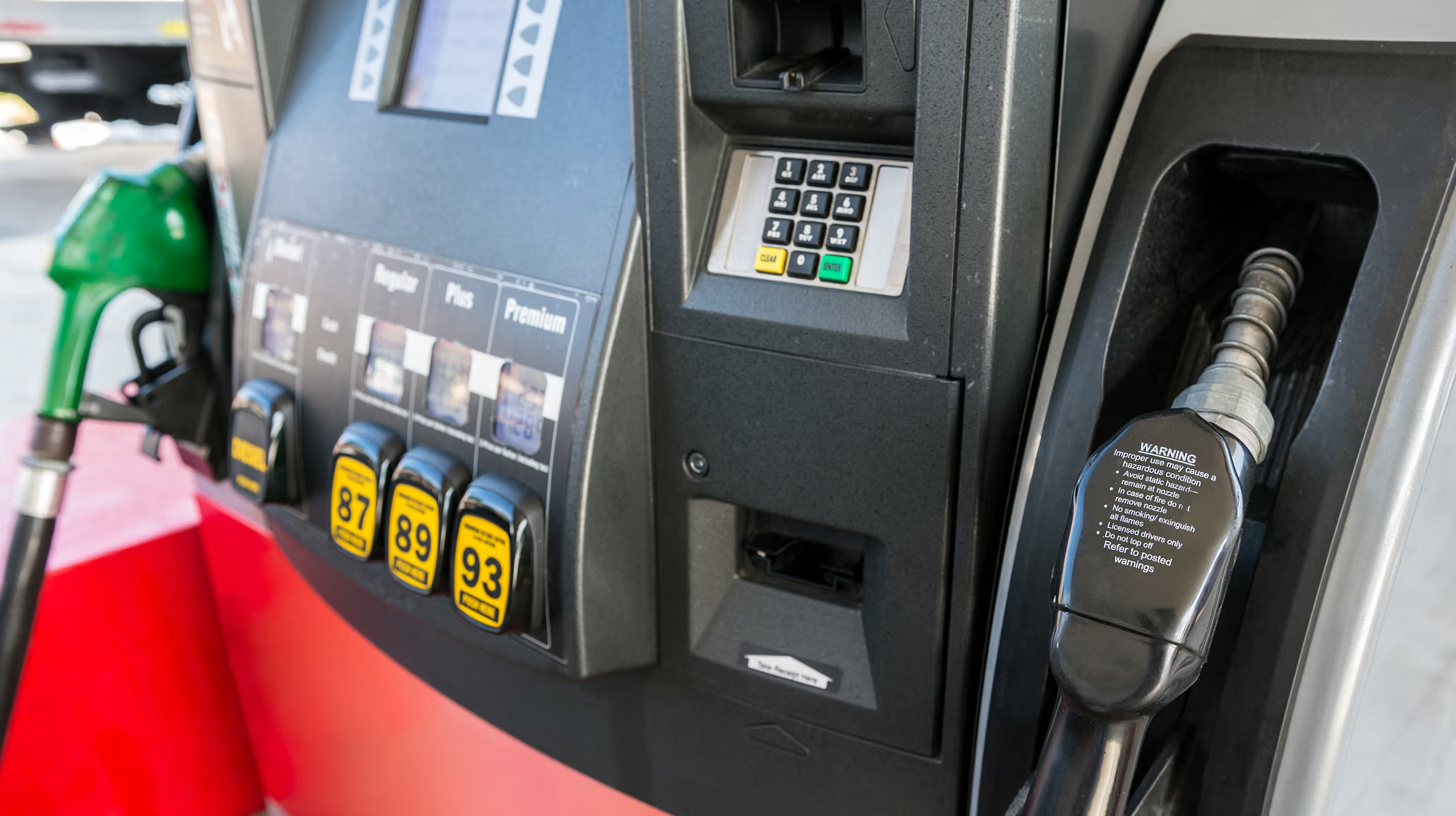More from the fleet glossary
View all fleet glossary entriesWhat is route planning?
Route planning is the process of finding the most optimised routes, and commonly happens as part of fleet management, particularly with delivery operations and field service businesses.
To improve operational efficiency fleets will normally use route planning software to calculate the most efficient routes to achieve customer satisfaction and meet agreed arrival times and delivery windows.
Route planning software (also known as route optimisation software) allows for dynamic route planning and effective sequencing of delivery routes using built-in algorithms and machine learning. This means multi-stop routes, which are incredibly complex for manual route planners using Excel, takes route planning software less time, in fact hundreds of cost-effective routes can be determined in just a few minutes, leveraging the power of artificial intelligence.
Dynamic route planning allows for a route planner to update routes in real time, to allow for disruptions to the work day including last-minute deliveries, increasing the number of stops, absent drivers or jobs that take longer than expected.
This means businesses can still provide drivers with the best routes despite having to change the planned route originally provided by the vehicle routing software.
Route planning is becoming more important as a lot of retail businesses move into ecommerce and want to meet customer expectations with specific time windows to make deliveries, and provide a good overall customer experience to ensure repeat business.
Route optimisation software is also vital for businesses working as part of a supply chain, particularly around providing accurate delivery times, reducing fuel consumption and achieving efficient last-mile delivery.
Delivery drivers benefit with routes that reduce drive time (and planning time) with driving directions integrated with navigation applications, including Google Maps. Business owners benefit with lower fuel costs and better profitability.
The route planning process can also be integrated with other areas of the fleet management system including vehicle maintenance, where allowance can be made for taking vehicles out of active duty for routine servicing.





